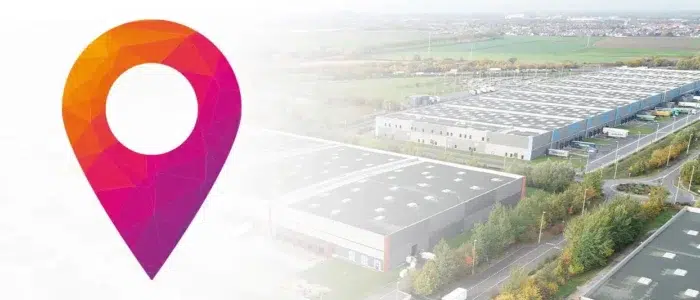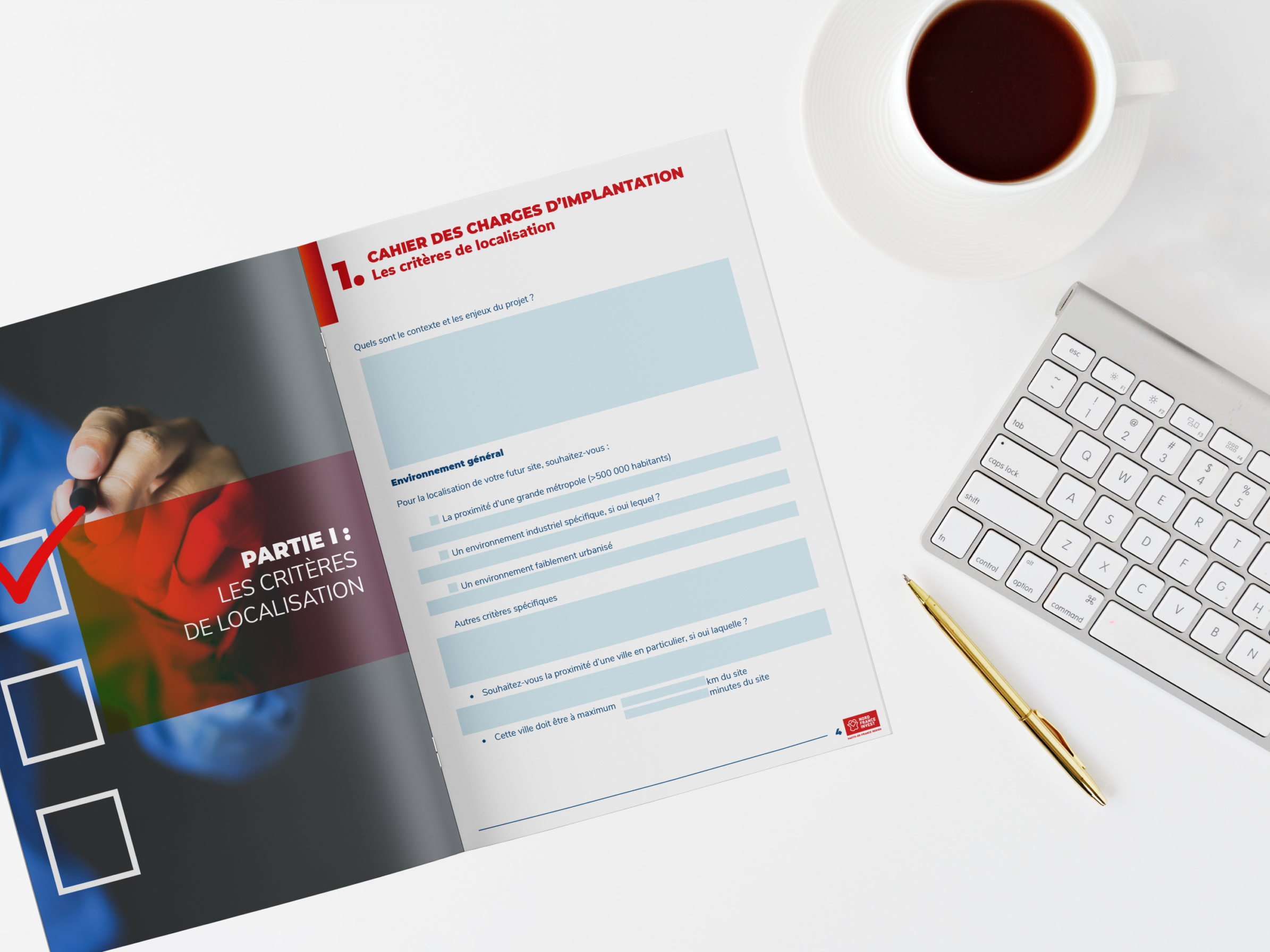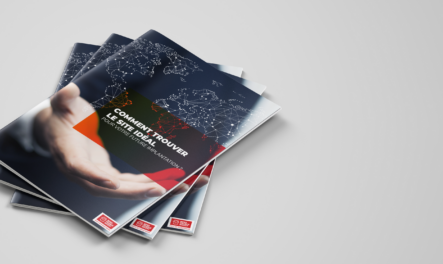We’ve supported business development projects for years, and our decision matrix is the product of that experience, with qualitative criteria that are essential to making an informed decision.
Overall environment
This category includes risk factors in politics, the economy and the environment, as well as risks to your image:
- Political and social stability of the host country
- Monetary stability
- International image of the “Made in X” brand
- Efficiency and reliability of the host country government
- Risk of natural disaster
Recruitment potential
The destinations you want have available labor with the right skills for your business. To find them, consider:
- Universities and institutions of higher learning for your industry
- Number of graduates per year
- Occupational training centers for your industry
- Number of jobseekers (total and for your industry)
- Number of employees working in your industry
- Flexibility of labor force: length of workweek, scheduling flexibility, days of vacation per year, night and weekend hours, etc.
- Average annual turnover (total and for your industry)
- Number of competitors in similar lines of business
Quality of infrastructure
To make the right decision, you have to anticipate what can go wrong. Taking a hard look at local infrastructure quality enables you to choose a region where your business continuity isn’t at risk. Criteria include:
- CO2 emissions from electricity generation (T/MWh)
- Reliability of power grid
- Quality of telecommunications networks (actual speeds and coverage)
- Quality and diversity of transport infrastructures
Quality of the local ecosystem
Another key to success is building a network of skilled, reliable local partners. Use your decision matrix to evaluate the potential of each region’s ecosystem:
- Number of potential suppliers and subcontractors
- Number of R&D centers and their specializations
- National and/or regional policies supporting your business
Quality of life
Your site’s long-term performance can hinge on your ability to attract and retain top talent. The compensation package you offer your employees is important, but quality of life in the surrounding region is critical, too. Consider:
- Presence of international schools
- Quality of local health system
- Air quality (AQI standard)
- Cost of residential real estate (to rent or buy)
Openness to the world
If you want to grow on international markets, it makes sense to choose a region that’s open to international markets. This may seem trivial , but by failing to take a few key criteria into account, you could end up in a remote backwater. Consider:
- Quality of air and rail connections
- Number of companies from your country already doing business in the region
- Satisfaction rate among foreign companies doing business in the region
- Ease of obtaining visas and residence permits for expats







![[TEMPLATE] How business location specifications can make or break your new venture](https://www.nordfranceinvest.com/wp-content/uploads/2024/01/mockup-cdc-site-ideal-ouvert-bureau-fr-aspect-ratio-443-290.png)




